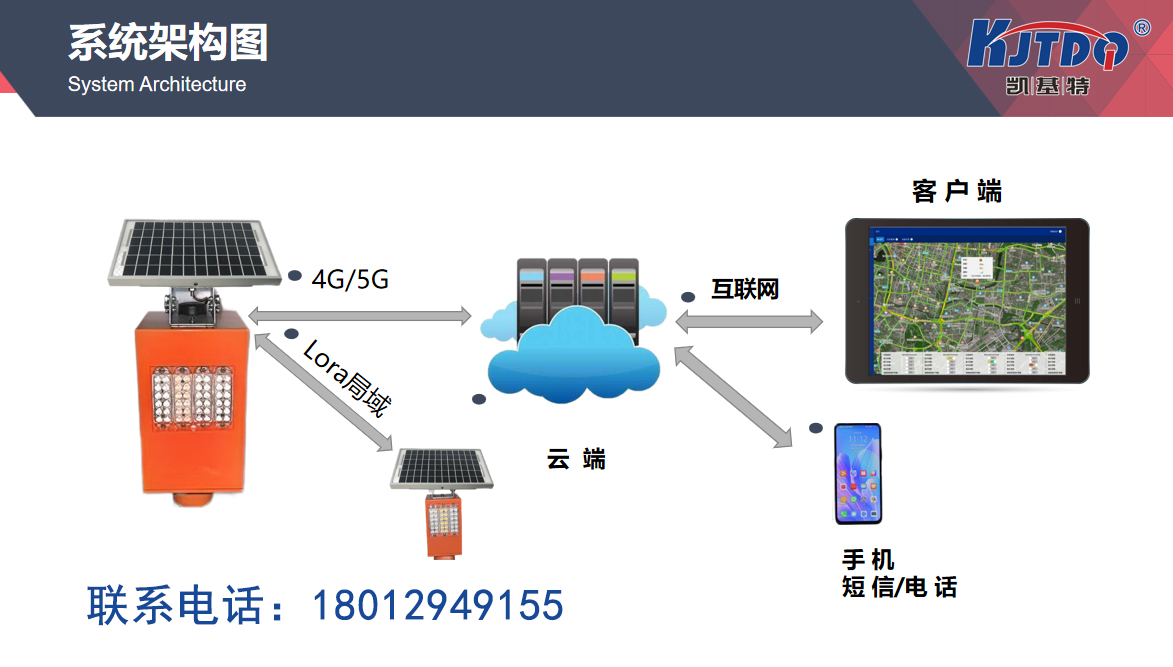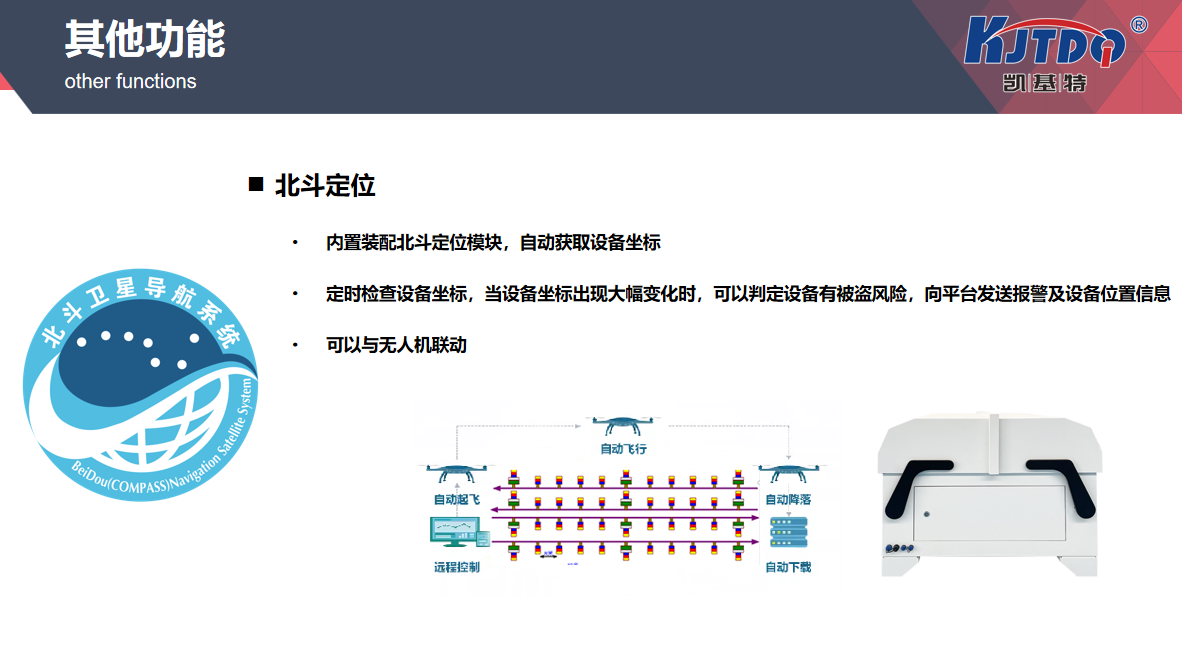Bridges play a crucial role in the transportation network of modern cities. The safety of bridges directly affects the safety of public life and property, from supporting heavy trucks to carrying daily traffic flow. With the increase of bridge service life and traffic pressure, bridge safety prevention measures have become increasingly important. These measures not only include regular inspections and maintenance, but also encompass advanced technological means and intelligent systems. Today, let's explore how to ensure the structural safety of bridges and prevent potential hazards through effective preventive measures.

The core of bridge safety prevention measures is to identify and solve potential problems in advance to avoid accidents. Traditional bridge inspection usually relies on manual inspection, which is effective but has problems such as long time, high labor intensity, and easy omission. To overcome these shortcomings, modern technology provides more efficient solutions. Firstly, the introduction of intelligent monitoring systems greatly enhances the ability of bridge safety prevention. These systems monitor the structural status of the bridge in real-time by installing various sensors on the bridge. Sensors can measure parameters such as stress, displacement, vibration, and temperature of bridges, and transmit real-time data to the central control system. By analyzing these data, the system can promptly detect structural abnormalities in bridges and issue warning signals, providing scientific basis for maintenance and repair.
In addition to intelligent monitoring systems, bridge health management systems are also important preventive measures. This system can not only monitor the health status of the bridge in real time, but also comprehensively analyze the historical data of the bridge. By combining meteorological data, traffic flow data, and bridge structure data, the system can predict potential risks in the future and develop targeted maintenance plans. For example, after experiencing a period of high temperature or extreme weather, the system can prompt relevant departments to conduct a comprehensive inspection of the bridge to ensure its structural stability. In this way, the safety of the bridge has been greatly improved, reducing safety hazards caused by unexpected problems.
In addition, regular structural inspections and maintenance are also important measures to ensure the safety of bridges. Although intelligent systems can provide real-time monitoring, regular manual inspections are still indispensable. Through a detailed inspection of the bridge by professional engineers, some subtle structural issues such as cracks, corrosion, etc. can be discovered. Although these issues may be difficult to detect in intelligent monitoring systems, they can be detected and addressed in a timely manner through manual inspection. Regular maintenance includes painting, reinforcing, and replacing aging components of the bridge. These maintenance tasks can effectively extend the service life of the bridge and ensure its safety.
The formulation of emergency plans is also an indispensable part of bridge safety prevention measures. Even with advanced monitoring systems and regular maintenance, accidents can still occur. Therefore, it is particularly important to develop detailed emergency plans. The emergency plan includes a rapid response process, evacuation plan, and repair measures in case of abnormalities on the bridge. These contingency plans need to be rehearsed and tested to ensure that they can be quickly and effectively handled in the event of an emergency. The formulation and implementation of emergency plans can effectively reduce the losses caused by accidents and ensure the safety of the public.
From a personal perspective, the implementation of bridge safety prevention measures not only concerns everyone's travel safety, but also directly affects the normal operation of society. The introduction of modern technology, especially intelligent monitoring systems and health management systems, has made the safety management of bridges more scientific and efficient. Through these measures, we can promptly identify and address potential safety hazards, reducing the likelihood of accidents occurring. Although the initial investment and maintenance costs are high, in the long run, this investment is worthwhile because it can greatly enhance public safety and reduce economic losses and casualties caused by bridge accidents.

In short, preventive measures for bridge safety are the cornerstone of ensuring bridge safety. By introducing intelligent monitoring technology, establishing a health management system, conducting regular structural inspections and maintenance, and developing comprehensive emergency plans, we can effectively enhance the safety of bridges. I hope that in the future, with the continuous advancement of technology, we can see more intelligent security measures to provide stronger guarantees for the long-term stable operation of bridges. At the same time, we also hope that the public can realize the importance of bridge safety and work together to maintain this important infrastructure in our living environment.
1. How to choose intelligent monitoring technology suitable for bridges?
When selecting intelligent monitoring technology suitable for bridges, multiple factors need to be considered. Firstly, the structural characteristics and usage environment of the bridge. For example, suspension bridges and arch bridges have different structural characteristics and require different monitoring parameters. Suspension bridges may require more attention to stress and vibration, while arch bridges may focus on displacement and settlement. Secondly, the precision and reliability of technology are also very important. High precision sensors can provide more accurate data, thereby detecting potential problems earlier. Furthermore, compatibility and scalability of the system are also important aspects of selection. A good intelligent monitoring system should be compatible with existing bridge management systems and have the ability to be upgraded and expanded in the future. In addition, the usability and maintenance requirements of the system cannot be ignored. Choosing technologies that are easy to operate and maintain can reduce difficulties in daily management. Taking into account these factors, the most suitable intelligent monitoring technology can be selected to ensure the efficiency and reliability of bridge safety management.
2. How to evaluate the effectiveness of bridge safety prevention measures?
Evaluating the effectiveness of bridge safety precautions typically involves multiple aspects. Firstly, the effectiveness of preventive measures can be directly evaluated by comparing the accident occurrence rate and safety hazard data before and after implementation. If the implementation of preventive measures results in a significant decrease in bridge accident rates or a reduction in identified safety hazards, then these measures can be considered effective. Secondly, it is necessary to evaluate the cost-effectiveness of preventive measures. By analyzing the investment in preventive measures and the resulting safety improvements and economic benefits, the cost-effectiveness can be determined. Furthermore, the implementation process of preventive measures can be evaluated to check whether the system operates stably, whether the data is accurate, and whether warnings are timely. Finally, collecting and analyzing feedback from practical operations, understanding the opinions and suggestions of maintenance personnel and managers, can also help evaluate the actual effectiveness of measures and provide a basis for future improvements. By integrating these evaluation methods, we can comprehensively understand the effectiveness of bridge safety prevention measures and make necessary adjustments and optimizations.
3. How can the intelligent monitoring data of bridges be transformed into actual maintenance actions?
Translating intelligent monitoring data of bridges into actual maintenance actions requires two main steps: data analysis and decision-making. Firstly, the monitoring system will collect a large amount of real-time data, including parameters such as stress, displacement, and vibration. These data need to be processed through a data analysis platform to generate a bridge health report. The analysis platform utilizes algorithms and models to process data and identify potential structural issues or abnormal changes. Then, experts and engineers evaluate the severity and potential impact of the problem based on the generated reports and analysis results. Based on these evaluations, develop specific maintenance and repair plans. Maintenance actions may include on-site inspections, structural reinforcement, replacement of damaged components, etc. The key to converting data into practical actions lies in timeliness and accuracy, ensuring that monitoring results can be quickly fed back to the decision-making level and corresponding measures taken for processing.